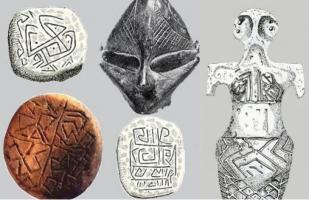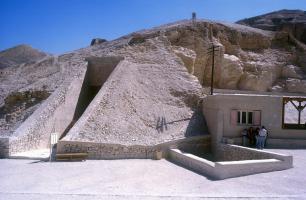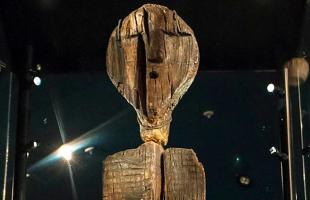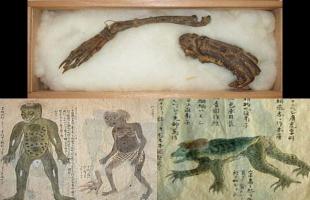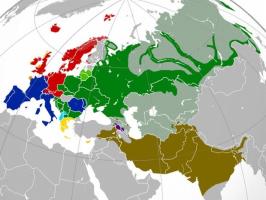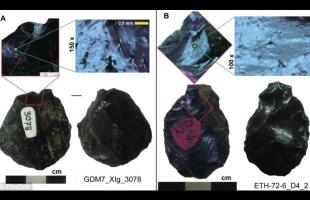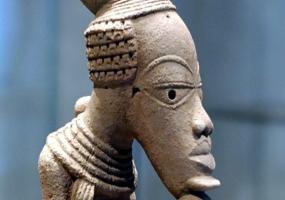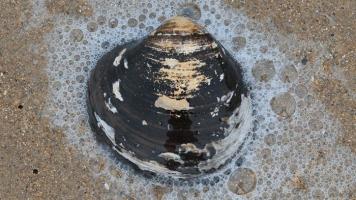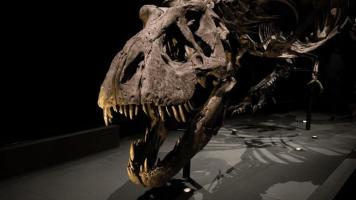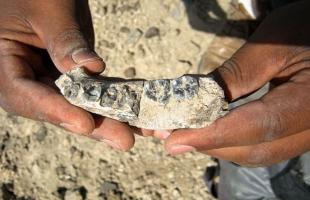The Valley of the Queens
The Valley of the Queens, called in ancient Egyptian Ta-set-neferu , so "Place of the sons (of the pharaoh)", and in Arabic Biban el Harim, which means "Doors of the harem", is located in a wide valley, to the south West of the Valley of the Kings, in the rocky part that overlooks the western plain of Thebes.
It is the necropolis in which the hypogeum tombs of the royal brides, princesses and princes were dug, precisely the sons of the pharaoh as the name indicates in Egyptian, but also high figures of the court of the New Kingdom, belonging to the XVIII, XIX and XX dynasty.
A sacred place where the Italian archaeologist Ernesto Schiaparelli, who was also director of the Egyptian Museum of Turin, between 1903 and 1906 discovered about 80 tombs, some of which were well finished, some very ruined and others never completed. The looting even went back to the end of the Ramesside age; later, from the 21st dynasty to the saita era, these tombs were reused for various purposes and in Roman times the Christians covered some parietal depictions with plaster, actually protecting them from the damage caused by time and by people. Then came the Arabs who burned mummies, grave goods and murals: this is why today these tombs are in a very deteriorated state except for one: that of Queen Nefertari, the great wife of Ramesses II.
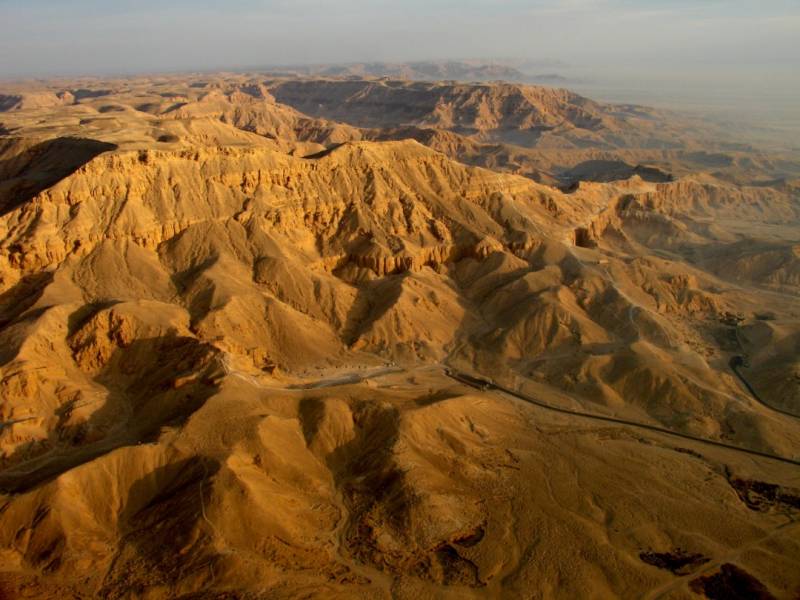
But why did they choose this valley to bury the wives and children of the pharaohs?
Probably the choice was dictated by the presence of a waterfall in a cave, at the bottom of the valley, which suggested a religious and funeral concept, since this cave would represent the uterus of the Celestial Cow from which came the waters that announced the resurrection of the dead. In reality, the friable rock did not make the place suitable for the construction of underground tombs, but the Egyptian artists, to overcome this problem, covered the limestone walls with clay, although unfortunately this did not preserve the wall representations.
The scarce decoration or the disappearance of the funerary outfit from their original context did not make it possible to establish the belonging of some tombs, however the architectural typology allowed to give a summary paternity as it varies according to the sex and rank of the client, in addition to the era in which the tomb was built.
Most burials consist of funerary wells of the XVIII dynasty, simple and without wall paintings, mostly intended for private individuals. Later, in the nineteenth and twentieth dynasty simple tombs were dug for the princesses, tombs-galleries for the princes and large sepulchres for the queens with splendid wall decorations. The first real burial in the Valley of the Queens belongs to Satre, the great royal wife of Ramses I, with walls covered with paintings that symbolize the path to the afterlife.
Among the most interesting tombs there is, in addition to the aforementioned tomb of Queen Nefertari, the tomb of the Queen Titi: at first it was believed that Titi was the wife of Ramesse III, but in the uncertainty of knowing which Ramesse was married to, it can only be affirmed that Titi was the wife of a Ramess of the 20th dynasty. In the parietal representations of the tomb, Queen Titi is depicted with a braid, a symbol of childhood, which suggests that she had died very young. The tomb is composed of a corridor that leads to the funerary chamber and three smaller cross-shaped chambers whose paintings have unfortunately not been preserved.
We also find the tomb of Nefertari's daughter, Henuttauy, and Princess Nebettauy, quite well preserved.
Ramses III also built the tombs here for some of his sons: interesting, for the magnificent paintings very well preserved, is the tomb of AmonHerKhepeshef, who died a child. He is represented with bright colors in blue tones and bas-reliefs characterized by a refined and elegant style, in the act in which the father presents it to some gods. The stairs lead to a corridor that then leads to an antechamber and from there it passes to the sepulchral chamber that extends into another rear chamber where the sarcophagus was transferred: in the burial chamber the remains of a child born prematurely, whose identity is still unknown.
And then again the tomb of Khaemuaset, also son of Ramesse III, which has the same plan as a royal tomb, but of small dimensions, in which the beautiful colored reliefs show the prince in the presence of his father and in the act of offering gifts to the of. When it was discovered in 1903, the corridor was occluded by some sarcophagi as if the tomb had been reused several times.
Another tomb is that of Pra-Her-Umenef, also a son of Ramesses III, who is often represented with his father and mother in the presence of various deities.
Certainly the Valley of the Queens is still full of secrets to be discovered and that is why we continue to dig throughout the area and in the side valleys called with the modern names of "Valley of Prince Ahmes", "Valle del Dolmen", " Valley of the three wells "," Valle della Corda ", until new burials and new treasures come to light!











